Have you ever walked down the haircare aisle only to see every product was one you couldn’t use?
That is the reality that so many Black girls face on the day-to-day. It can be hard to grow up and learn to style and care for your natural hair, and it becomes even harder on a boarding school campus in Western Massachusetts. Having to worry about your hair when you move to boarding school isn’t something the vast majority of students have to consider, but for those of us with 3A curls and above, our hair means we must find solutions with the very little time and resources that we have.
Daryn Fox, a Bermudian sophomore living in Mem East, had to make a big adjustment to her hair routine when she moved to Williston.
“It is a lot easier to do my kind of hair back in Bermuda: one because of the weather and two because you have access to a wide array of Black hair products,” she said. “Even though the curly hair conditions aren’t as good at Williston, in a way, I have had to take more care of my hair, so it’s healthier.”
Daryn has a set schedule for her hair to make sure she is set for the week.
“In the fall, when I first came, I made sure to set a time to wash and style and I stick to it,” she said. “Sunday is wash-day because I have the least amount of work to do, and my process takes about two hours, then I’m ready for the week.”
Mia Townshend, a sophomore from Wakefield, Mass., wishes that it was easier to find curly hair products while boarding at Williston.
“I find it pretty hard to find products for my curly hair, so I normally go home when I need to restock, because Walgreens doesn’t really carry the curly hair or ethnic hair products that I use,” she said.
Mia wants to urge Black girls to not be scared of learning about their hair’s needs.
“Don’t be afraid to wear it naturally and to look for products that are affordable, but also work for your hair type,” she said. “Don’t shy away from using a good amount of products because curly hair tends to naturally be dry, so you’re going to need more products than your friend who has pin-straight hair.”
Jayson Leigh, Assistant Director of Diversity, Equity, Inclusion, and Belonging, began providing haircuts for Black students after “thinking about my own experience when I was at college [at St. Lawrence University] and would go months without getting a haircut,” he said.
Leigh also says a shuttle to a natural hair stylist for girls is on the way.
“That’s something I tried to do, but I have yet to find a good, reliable hairstylist,” he said. “I had a stylist lined up, but she ended up selling her shop, and I couldn’t get back in contact with her. Nonetheless, this is a problem that I definitely hope to solve in the near future.”
Looking back at the history of Black women, it is only fairly recently that emphasis on embracing our natural hair has come into focus.
Our hair has been tied to our identity from the very beginning, though. In Africa, different braiding styles show different tribes or royalty. During slavery, Black women used different braiding hairstyles to depict escape routes. According to The Illinois State Board of Education, white slaveholders often forced slaves to shave their heads in order to present more “tidy.” So, to those who say it isn’t a big deal, I would encourage you to examine the history.
In 1865, with the passing of the 13th amendment, slavery was abolished, and Black women started to gain more freedom in their hairstyles. In 1905, Madam C.J. Walker invented the very first hair product for Black hair. She had suffered from hair loss in a particular spot, and with different oils she created a treatment that helped her hair grow back.
This invention quickly caught wind, and Walker’s products were soon in high demand. During this time Black women were still influenced by European beauty standards, so many of Walker’s products included relaxers which made the curl pattern much looser, thus making your hair “easier” to comb. Afros were still seen as ugly and unkempt by most Americans and would remain that way until the Black Power Movement in the 1960s and 70s.
There are more than 10 hair salons in Easthampton and not one of them is marketed to Black female hair. If we needed to get our hair done, we would have to travel 30 minutes off campus to Springfield, to shops including The Hair Connect and, if you want braids, Mame African Hair Braiding on Carew Street.
Now that you have the context of what it was like to not have pin-straight hair back then, let’s return to Williston’s campus in the present day; a lot of the same issues appear for us. Whether it’s having to complete your assignments early to allot a whole day for your hair, or struggling to find products in the local stores, Black girls at Williston have had to adapt quickly to ensure their hair stays healthy while school is in session.
After talking to Mia and Daryn and reviewing my own experience, I have curated the Black girl’s guide to caring for and styling curls on a boarding school campus.
Here are the rules you should follow:
1. Only wash your hair once a week.
While everyone else needs to wash their hair every night after practice, you do not. Black hair generally needs less washing because the more you wash the dryer your hair gets, which can lead to breakage.
2. Invest in oils.
Almond oil, castor oil, jojoba oil, avocado oil. Any kind of oil will do! After you have washed, conditioned, and moisturized your hair, use an oil to seal the follicle and lock in the moisture (especially during the dryer months)
3. Get a robe.
Styling your hair in a dorm bathroom can be an entire process. Wear a robe while you style your hair, so you aren’t constantly shimmying to keep the towel up and or get products on your clothes.
4. Get a showerhead organizer.
Either purchase a shower head organizer to go over the shower head or place your fabric shower caddy over the shower head to ensure that all your products are accessible when washing your hair.
5. Have a style rotation.
Provided that I don’t have a dance performance, I pretty much stick to the same rotation for my hair. I start with two weeks of a wash-n-go method, when I get tired of that I wash and twist my hair. I have that in for around four days, take out my twists, have a twist-out for another four days, then wash and style a slick back bun for around a week. AND REPEAT!
6. Protective styles
If your sport permits it, don’t shy away from a protective style. When we come back from December break it’s cold and dry. I don’t want to walk around with wet hair (which can cause damage to curls). So, I will opt for getting box braids or goddess braids before I fly back to Williston. Protective styles can stay in for upwards of a month, plus you get to sleep in because you don’t have to do your hair in the morning.
7. Invest in a bonnet.
If you don’t have one already, buy a bonnet and sleep in it every night. Sleeping with a bonnet will ensure that the moisture stays in your hair overnight and your curls stay fresh as long as possible.
8. Make a good wash-day playlist.
If your hair is anything like mine, you are going to be in the shower for a longgggggg time. Curate a playlist with all your favorite songs so that you don’t get bored and rush through the process.



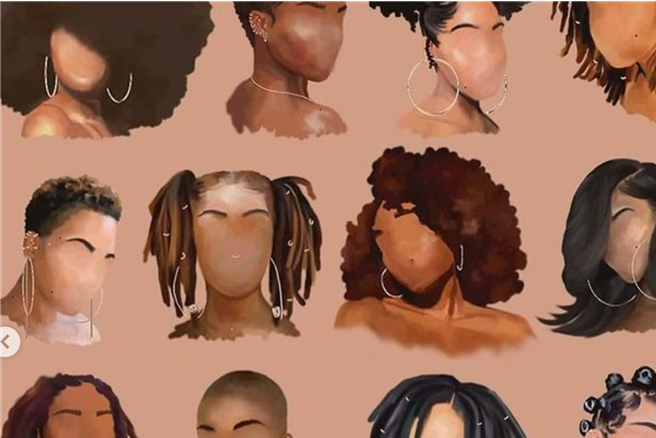



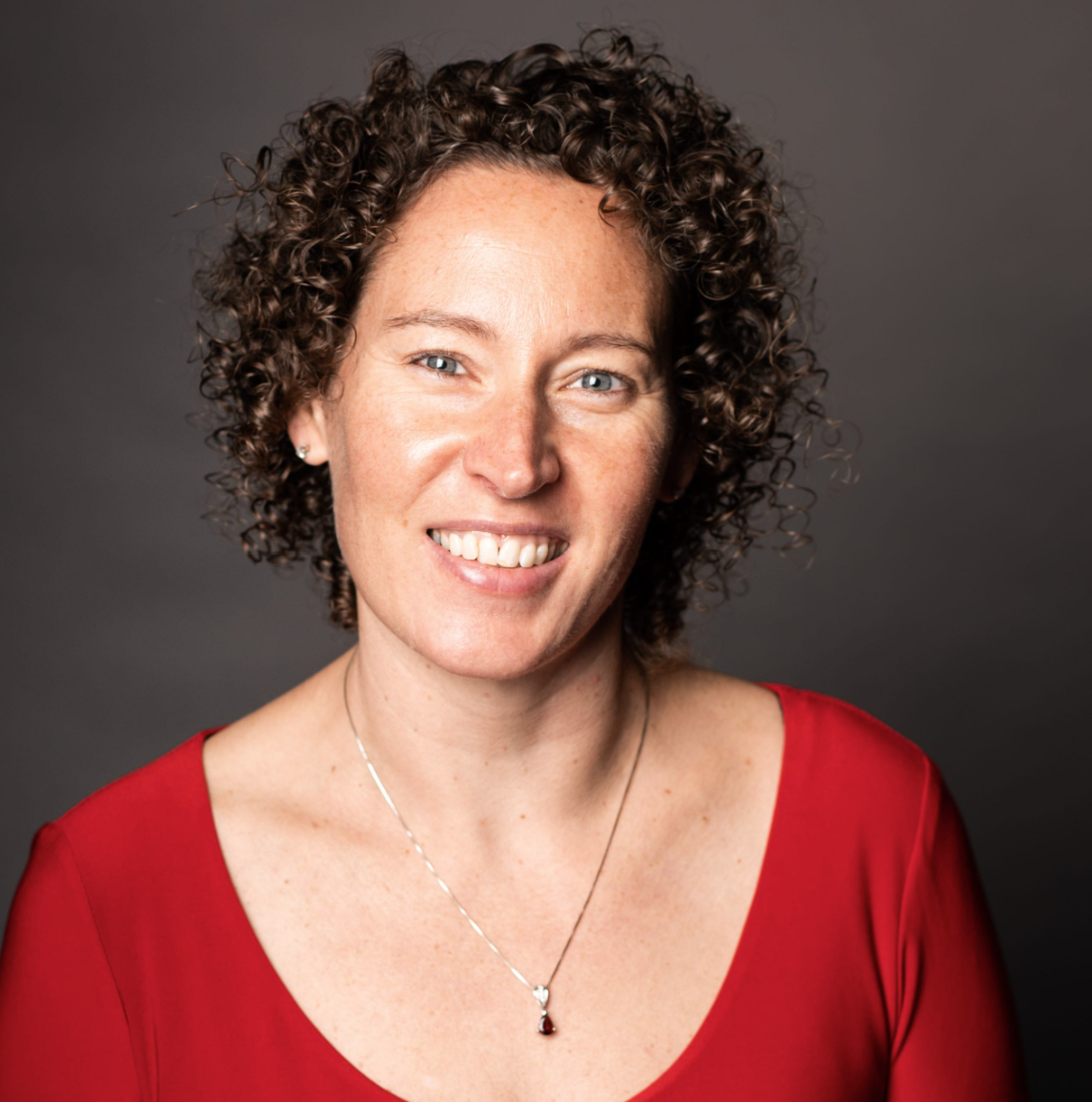
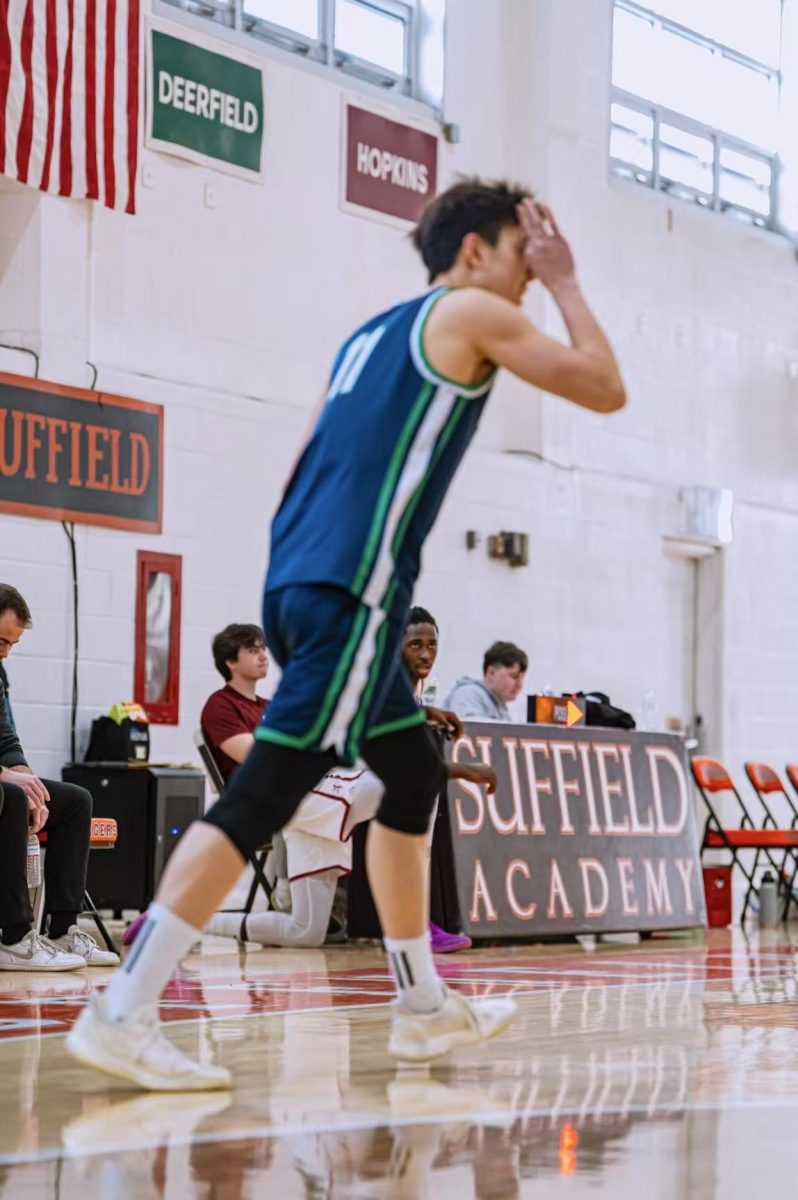

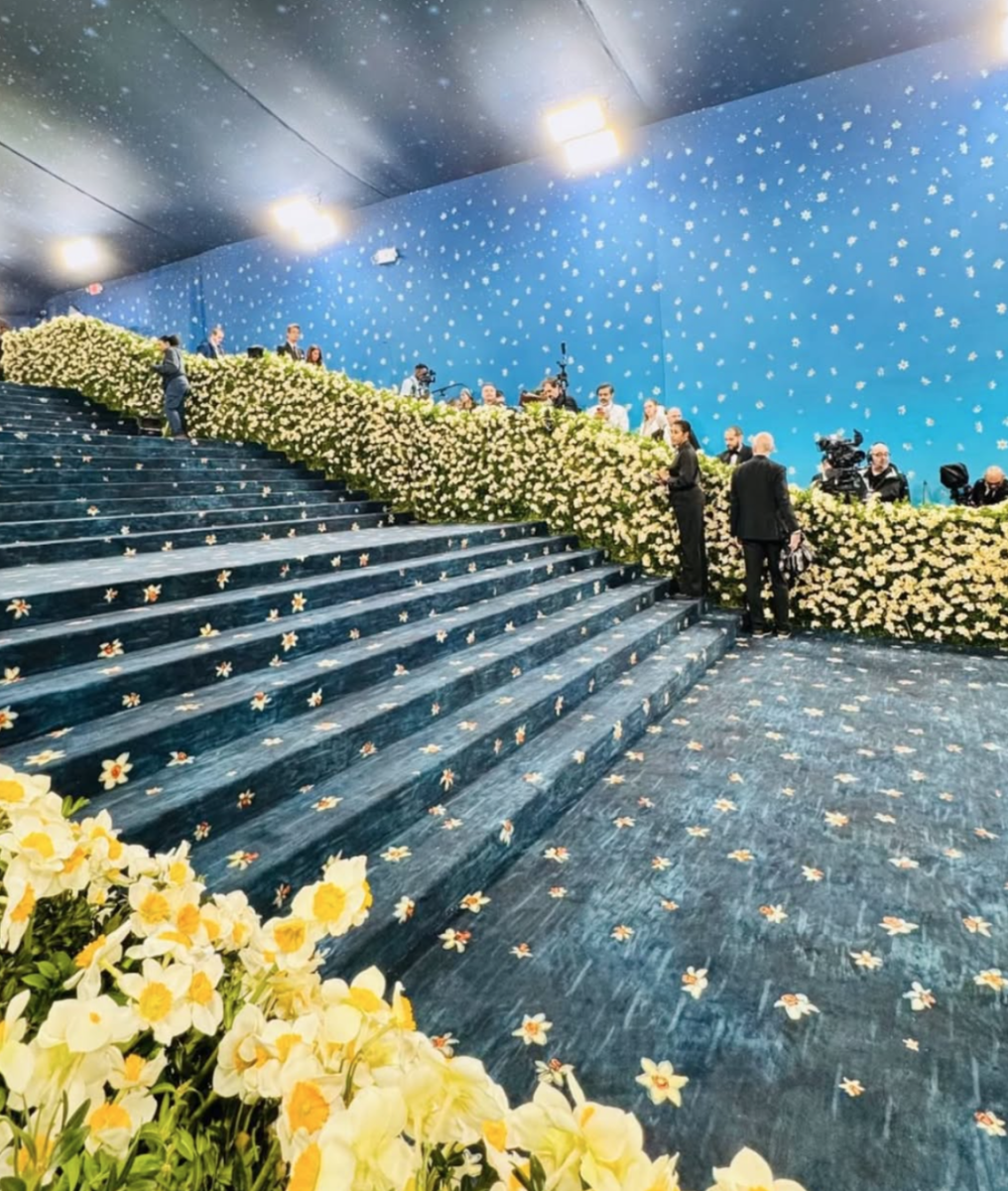
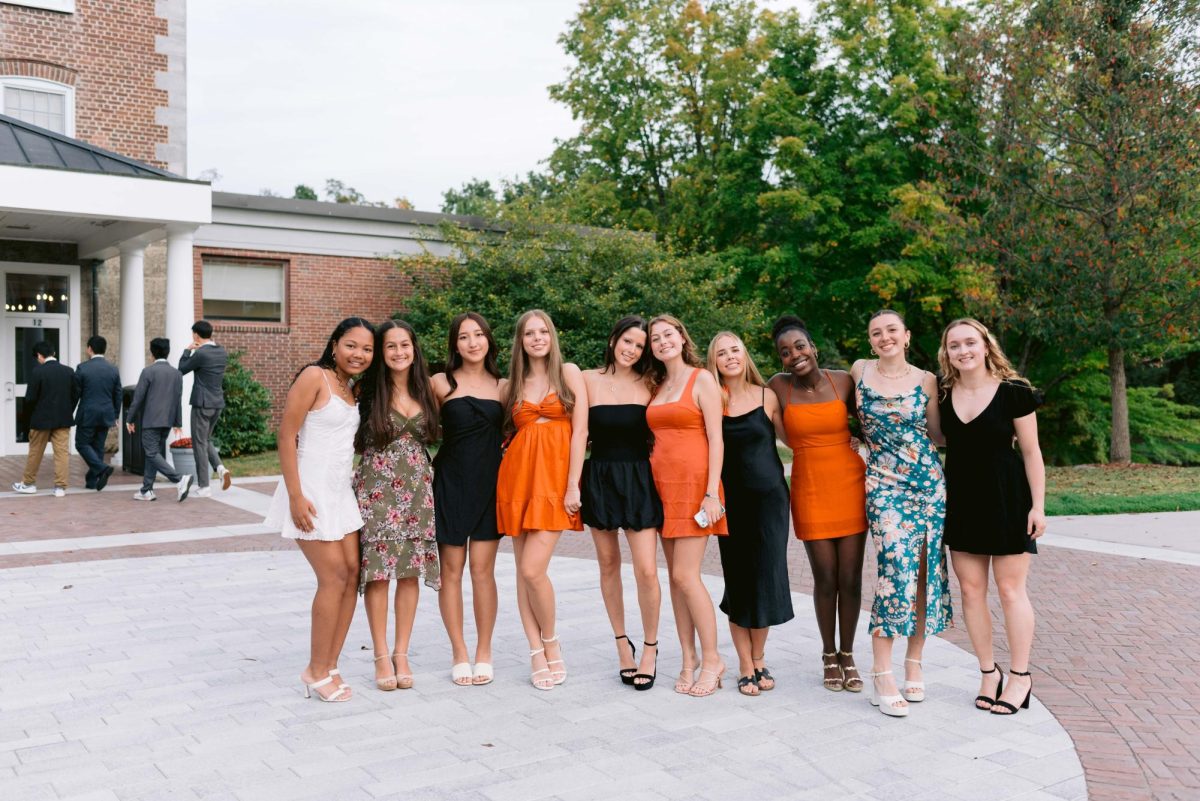


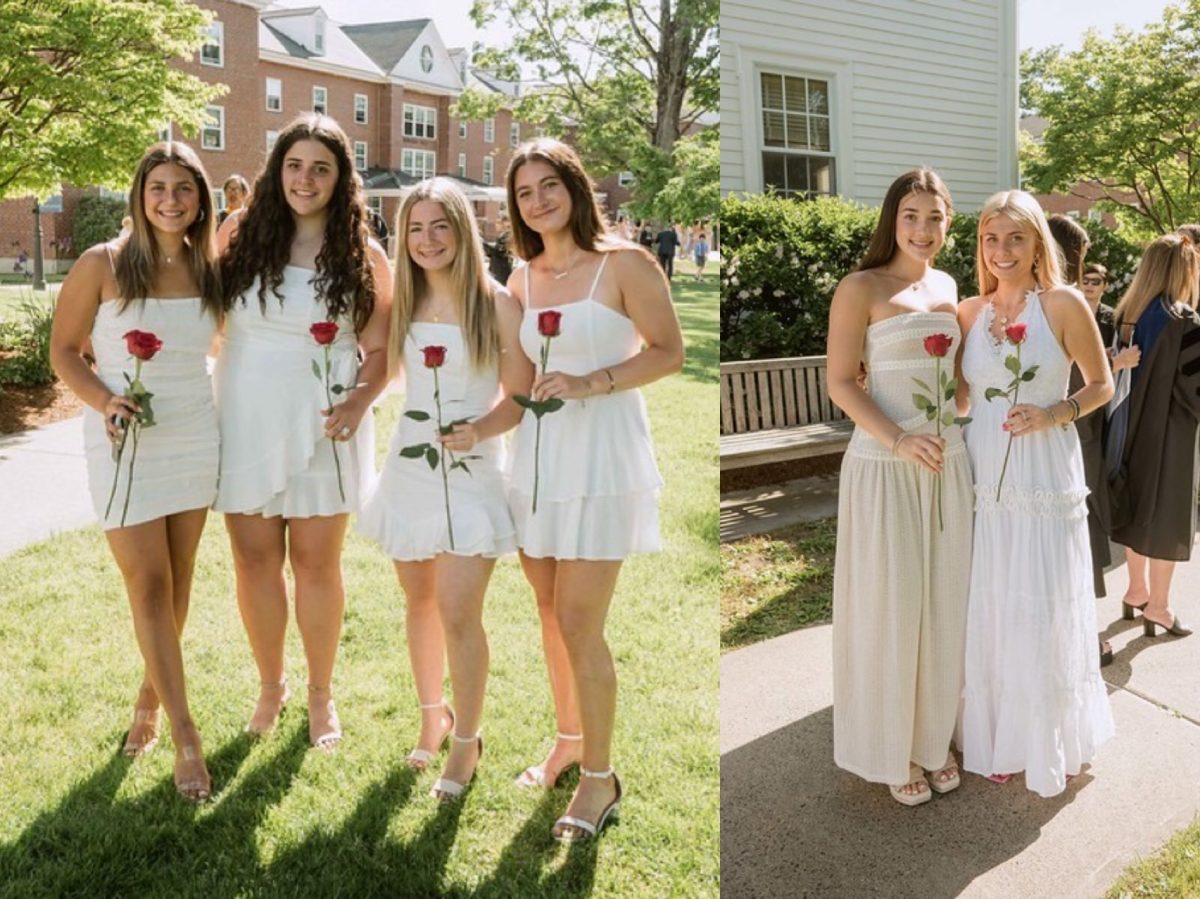

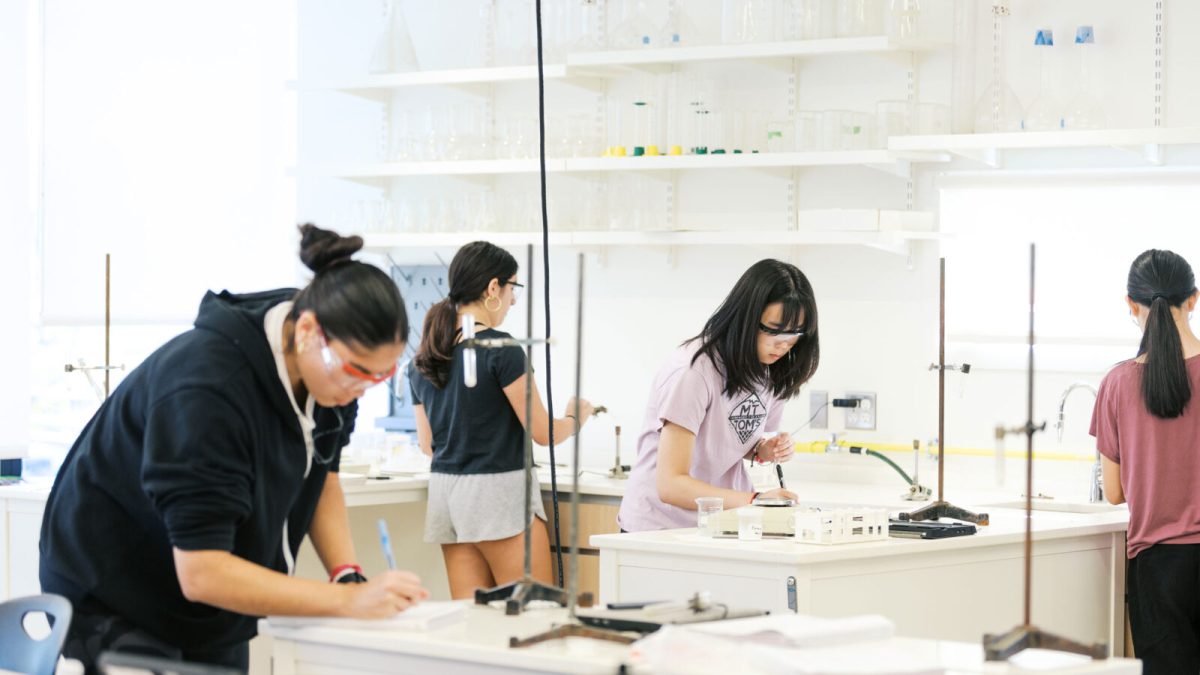
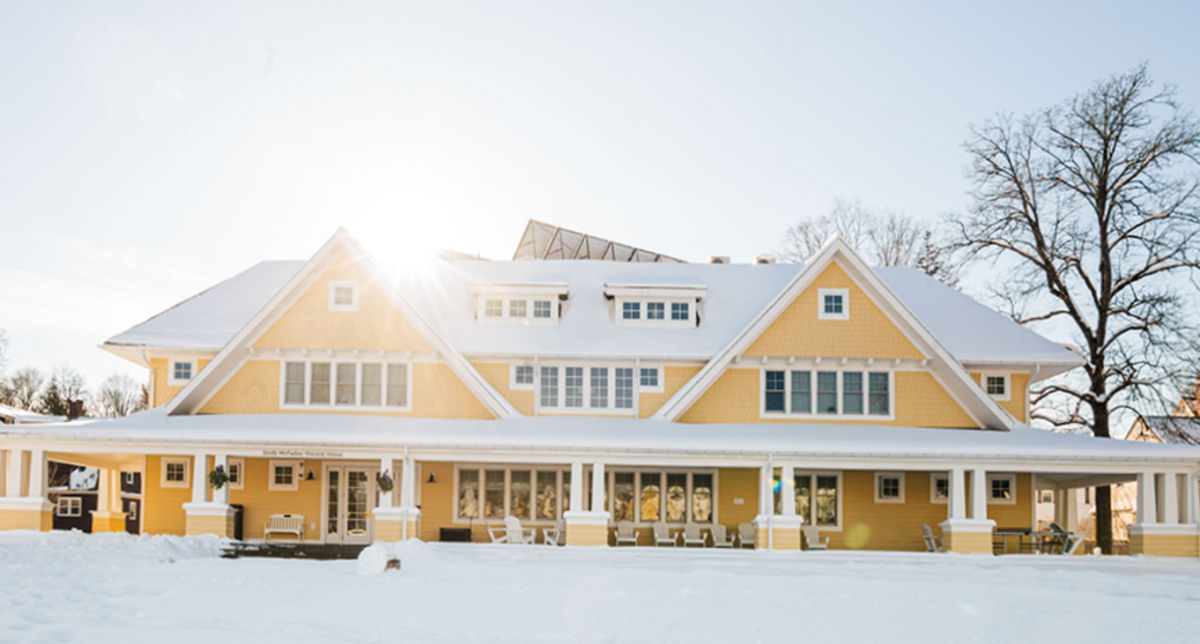

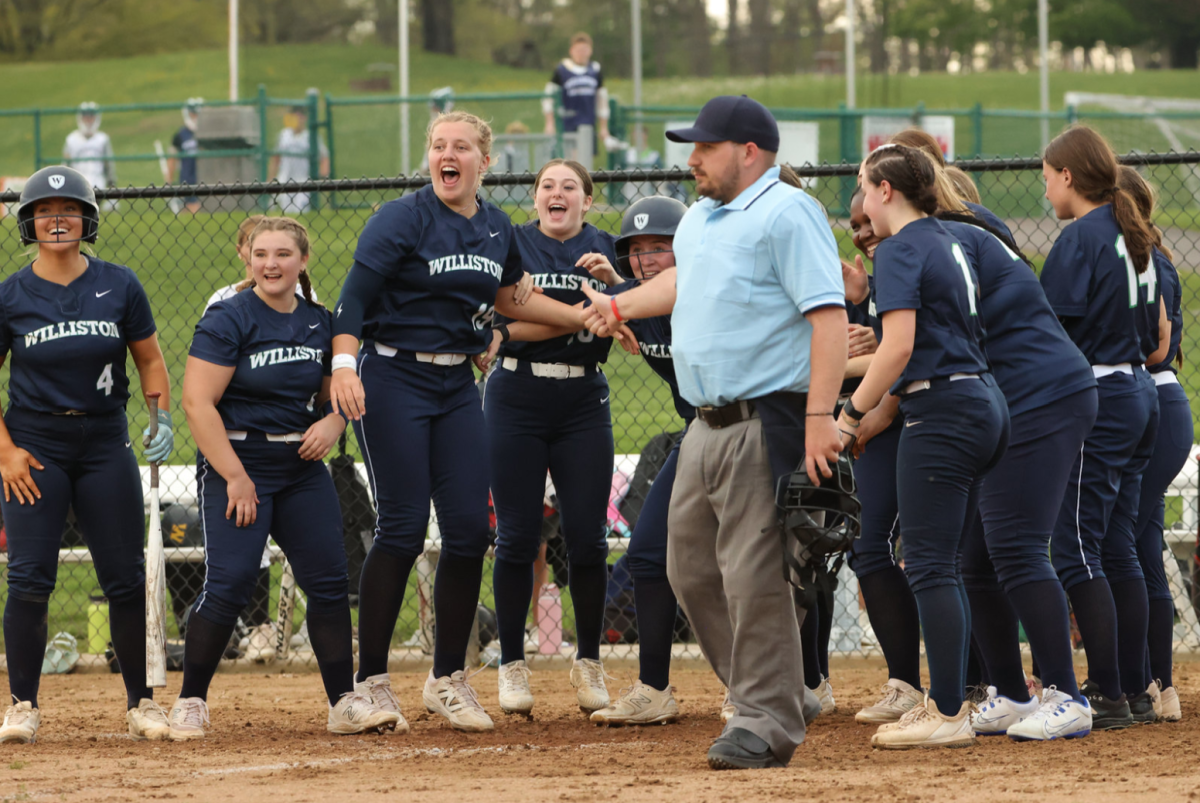
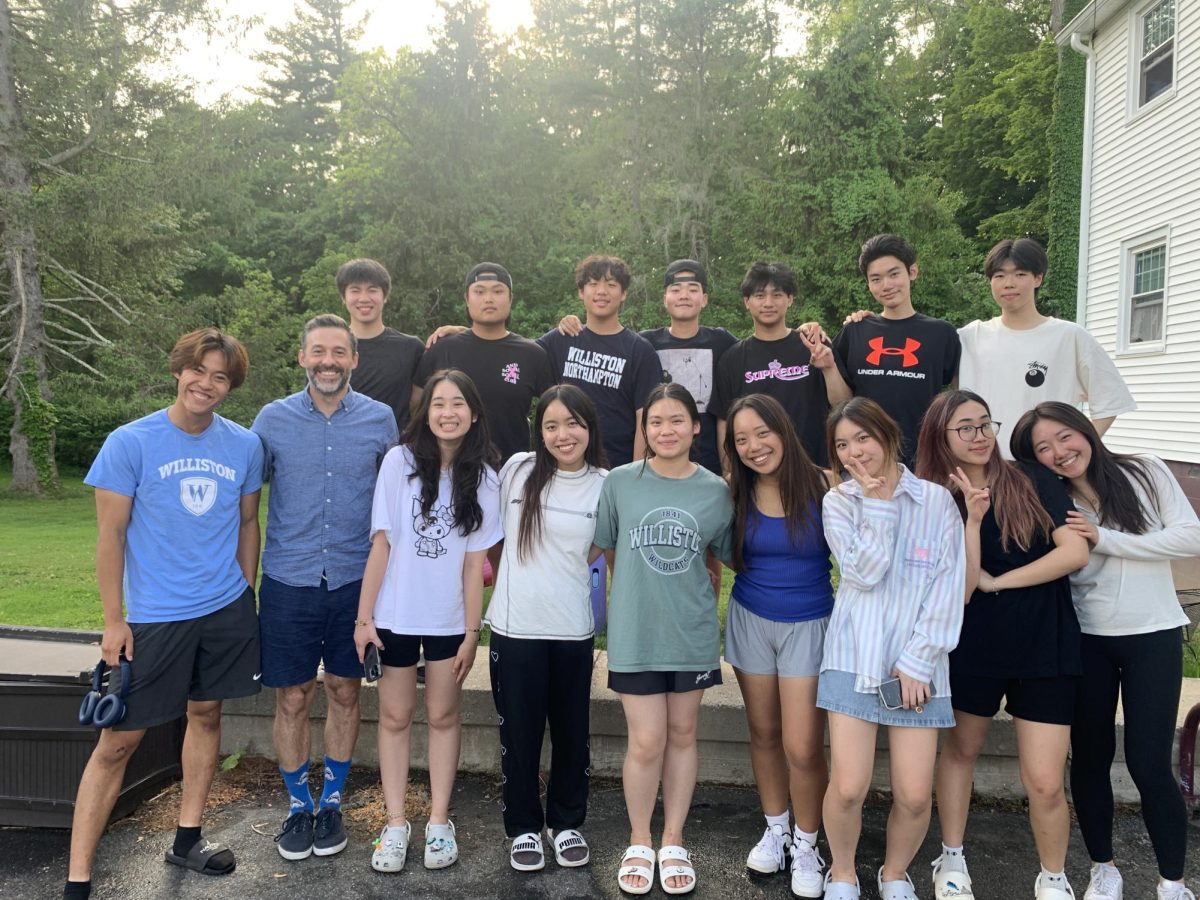
Heather Manley • May 8, 2024 at 9:55 AM
Great article! Very upsetting that there aren’t any other local options for curly hair.
Tamara Richardson • Apr 20, 2024 at 4:03 PM
What a great article Soleil. And excellent tips for the future Williston curly girls to have!